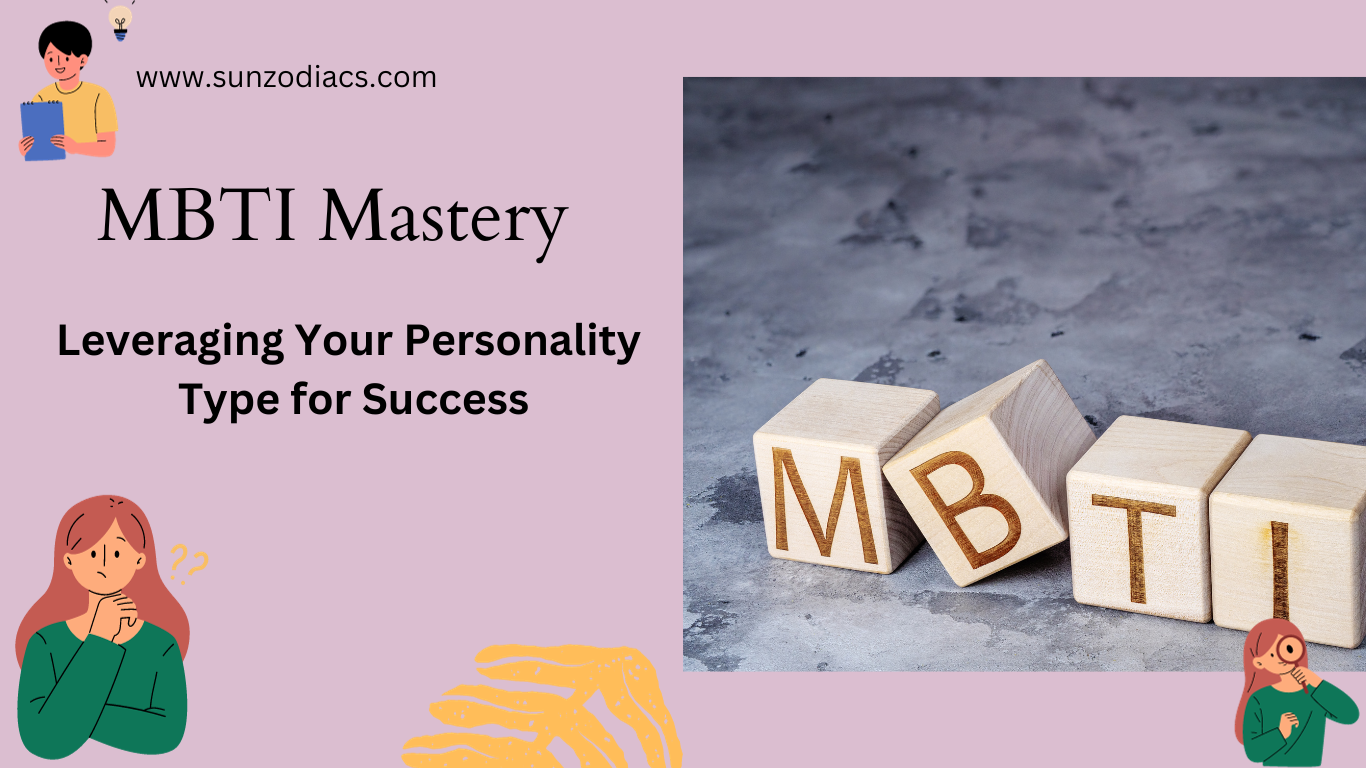In the dynamic realm of psychology, the Myers-Briggs Type Indicator (MBTI) stands as a beacon, shedding light on the fascinating intricacies of human personality. In this comprehensive article, we’ll delve into the depths of MBTI, exploring its origins, the significance of each personality dimension, and practical applications in various aspects of life.
The Genesis of MBTI

To comprehend MBTI fully, it’s crucial to grasp its roots. Developed by Katharine Cook Briggs and her daughter Isabel Briggs Myers in the early 20th century, It was inspired by Carl Jung’s theory of psychological types. This groundbreaking tool classifies individuals into 16 distinct personality types, each characterized by specific preferences and tendencies.
Decoding the Four Dichotomies

The MBTI is based on the idea that there are 16 distinct personality types, each formed by the combination of four dichotomies: extraversion (E) vs. introversion (I), sensing (S) vs. intuition (N), thinking (T) vs. feeling (F), and judging (J) vs. perceiving (P). Individuals are classified into one of these 16 types based on their preferences in each dichotomy.
1. Extraversion (E) vs. Introversion (I)
At the core of MBTI lies the spectrum of extraversion and introversion. Individuals leaning towards extraversion thrive in social settings, drawing energy from interactions. On the flip side, introverts recharge in solitude, finding strength within.
2. Sensing (S) vs. Intuition (N)
This dimension explores how individuals gather information. Sensors rely on concrete facts and details, while intuitive types gravitate towards possibilities and future implications.
3. Thinking (T) vs. Feeling (F)
When making decisions, thinking types prioritize logic and objectivity, while feeling types consider emotions and their impact on others.
4. Judging (J) vs. Perceiving (P)
Lastly, the judging-perceiving dimension reflects how individuals prefer to organize their lives. Judgers appreciate structure and planning, while perceivers thrive in spontaneity and flexibility.
Understanding Personality Types
The combination of these four dichotomies results in 16 distinct personality types, each represented by a four-letter code (e.g., ISTJ, ENFP). These types offer insights into how individuals approach relationships, work, and problem-solving. It’s important to note that the MBTI does not measure skill, intelligence, or mental health but focuses on preferences.
Unraveling the 16 Personality Types
Now that we’ve outlined the dichotomies, let’s delve into the 16 distinct personality types, each offering a unique blend of preferences. From the assertive ENTJ (Extraversion, Intuition, Thinking, Judging) to the compassionate INFP (Introversion, Intuition, Feeling, Perceiving), each type contributes to the rich tapestry of human diversity.
MBTI Applications in the Real World
Beyond mere categorization, MBTI finds practical applications in various facets of life. From career counselling to team dynamics, understanding one’s personality type can pave the way for personal and professional success. Employers use MBTI to build cohesive teams, ensuring a harmonious blend of diverse strengths.
The Critique Surrounding MBTI
While MBTI enjoys widespread popularity, it’s not without its sceptics. Critics argue that personality is too complex to be neatly compartmentalized into 16 types. Additionally, some question the test’s reliability and the potential for individuals to exhibit different traits in different situations.
Navigating the MBTI Landscape in the Digital Age
In the era of information, It has found a new home online. Numerous websites and tools offer free tests, promising to unveil your true personality type. However, it’s essential to approach these with a discerning eye, recognizing the limitations of self-reported assessments.
Unlocking Personal Growth Through MBTI
Ultimately, MBTI serves as a valuable tool for self-discovery and personal growth. By understanding our strengths, weaknesses, and unique characteristics, we can navigate life with greater insight and purpose. Embracing the diversity encapsulated by the 16 personality types, we embark on a journey of continuous self-improvement.
Conclusion
In this odyssey through the labyrinth of MBTI, we’ve unravelled the threads that weave together the diverse fabric of human personality. From its humble origins to its digital resurgence, it continues to captivate minds and spark introspection. As we navigate the ever-changing landscape of psychology, let us embrace the wisdom embedded in the 16 personality types, forging a path towards self-discovery and a deeper understanding of the human experience.




